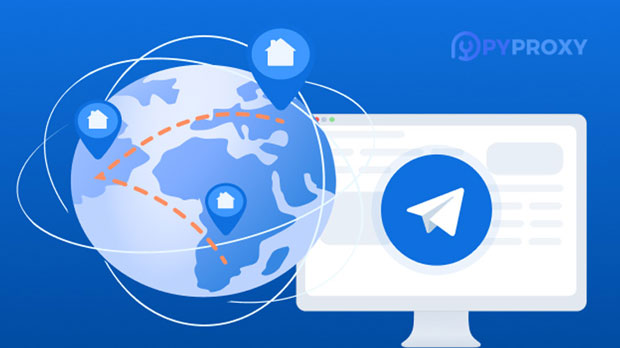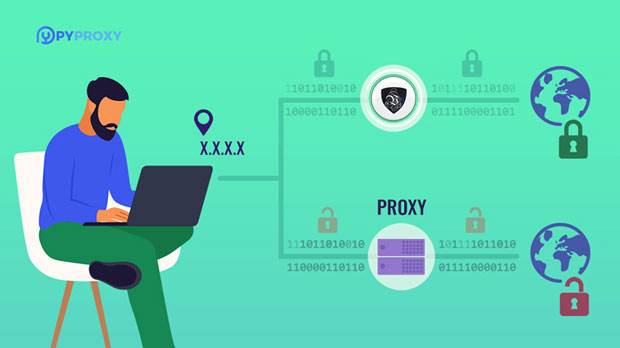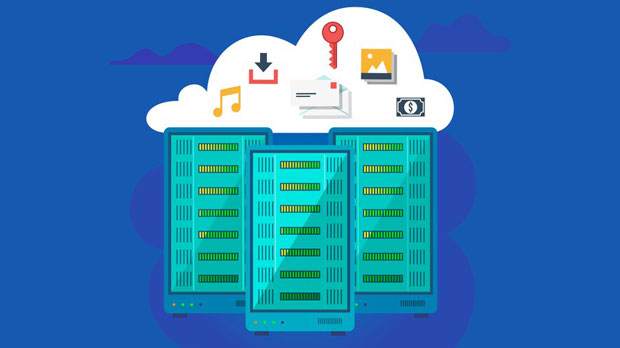In the world of data scraping, accuracy is paramount, especially when collecting information from geographically diverse locations. To overcome geographical restrictions and improve the precision of data scraping, many businesses and individuals use rotating residential proxies. Among these, PYPROXY stands out as a powerful tool for optimizing IP location and enhancing data scraping accuracy. By leveraging rotating residential proxies, PyProxy ensures that IP addresses are continuously rotated, making it more difficult for websites to detect and block scraping activities. This article will delve into the mechanics of PyProxy, its role in optimizing IP location, and how it boosts data scraping performance. Introduction to PyProxy and Rotating Residential ProxiesData scraping is a widely used technique for extracting valuable information from the web. However, many websites implement anti-scraping measures to prevent excessive data collection. These measures include blocking IP addresses, rate-limiting requests, and using CAPTCHA challenges. To circumvent these barriers, rotating residential proxies are employed. PyProxy is a tool that helps to manage and rotate residential proxies, which are IP addresses assigned to real users by Internet Service Providers (ISPs). These proxies appear as legitimate user connections, making them less likely to be flagged or blocked by websites. By continuously changing the IP addresses, PyProxy ensures that scraping activities remain anonymous and uninterrupted, even when scraping large volumes of data across various geographical regions.Understanding the Importance of IP Location in Data ScrapingIP location plays a crucial role in the accuracy of data scraping. Many websites display different content based on the user’s geographical location. For example, an e-commerce website may show different pricing or availability depending on whether the user is accessing it from the United States or Europe. Inaccurate IP location can lead to irrelevant or restricted data, making the scraping process less effective.With traditional proxies, which often use data center IPs, users are likely to encounter limitations, as these IP addresses are easily detected and blocked by websites. On the other hand, rotating residential proxies provide a much higher level of anonymity. By using a geographically diverse pool of real residential IP addresses, PyProxy can ensure that the scraper appears to be browsing from multiple locations, allowing access to region-specific content and increasing the precision of the scraped data.How PyProxy Optimizes IP LocationPyProxy optimizes IP location by rotating residential proxies from a wide range of geographic regions. This feature allows users to access localized content, which is essential for industries such as e-commerce, market research, and SEO analysis. Let’s explore how PyProxy achieves this:1. Geographical Distribution of Proxies: PyProxy utilizes a large pool of residential proxies from different countries and cities. This geographical spread ensures that the scraper can appear to be browsing from various locations, mimicking the behavior of a real user. As a result, users can bypass geo-blocking restrictions and scrape data that is relevant to specific regions.2. Dynamic IP Rotation: PyProxy continuously rotates the IP addresses in use, which prevents websites from detecting a single source of traffic. This dynamic rotation of residential IPs ensures that the scraper remains undetected and continues to access valuable data without triggering security measures like CAPTCHAs or IP bans.3. Accuracy in Data Collection: By simulating the actions of different users across various locations, PyProxy enables the collection of region-specific data with greater precision. Whether it’s gathering pricing information, customer reviews, or market trends, PyProxy ensures that the data scraped is geographically accurate and relevant.The Role of PyProxy in Enhancing Data Scraping AccuracyThe primary objective of data scraping is to collect accurate and actionable data. However, inaccurate or incomplete data can lead to poor decision-making, especially in industries that rely on up-to-date information. PyProxy plays a significant role in enhancing data scraping accuracy in the following ways:1. Bypassing Geo-blocking Restrictions: Many websites restrict access based on the geographical location of the user’s IP address. This can limit the scope of data scraping, especially when collecting region-specific content. PyProxy's rotating residential proxies can bypass these restrictions by mimicking users from various locations, thus ensuring that all relevant data is scraped, regardless of the user's geographical origin.2. Minimizing Detection and Blocking: Websites often monitor traffic patterns for suspicious activity, such as high-frequency requests from the same IP address. Traditional proxies, particularly those from data centers, are easily detected and blocked. PyProxy’s rotating residential proxies, however, are much harder to identify as they are tied to real users. This makes it less likely for websites to block or limit access, resulting in smoother data scraping and higher accuracy.3. Ensuring Consistency in Data Collection: Data scraping often requires continuous access to websites over extended periods. With rotating residential proxies, PyProxy provides a stable and consistent connection, minimizing disruptions and ensuring that the scraper can operate without interruption. This consistency is crucial for maintaining the accuracy of time-sensitive data, such as product prices, stock availability, or news updates.Practical Applications of PyProxy in Data ScrapingPyProxy’s rotating residential proxies are useful in a variety of industries where accurate and reliable data scraping is essential. Below are some practical applications:1. E-commerce Price Monitoring: E-commerce businesses can use PyProxy to monitor competitor prices, track product availability, and gather customer reviews across different regions. This data is valuable for pricing strategies, inventory management, and understanding market trends.2. SEO and Web Scraping: Digital marketing agencies and SEO professionals can use PyProxy to collect data from search engines and websites to analyze rankings, backlinks, and competitor strategies. By rotating residential proxies, users can ensure that they access data from various geographic regions and avoid being blocked by search engines.3. Market Research and Sentiment Analysis: Market research firms can use PyProxy to gather consumer sentiment and market trends from social media platforms, forums, and review sites. By scraping region-specific data, businesses can gain insights into local market preferences and adjust their strategies accordingly.Conclusion: Why PyProxy is Essential for Effective Data ScrapingPyProxy offers a powerful solution for overcoming geographical limitations and improving the accuracy of data scraping. By utilizing rotating residential proxies, PyProxy enables users to bypass geo-blocking, minimize detection, and access accurate, region-specific data. Whether for e-commerce, SEO, or market research, PyProxy enhances the effectiveness of data scraping, making it an invaluable tool for anyone who relies on accurate web data. As the demand for high-quality, precise data continues to grow, tools like PyProxy will play a critical role in ensuring that data scraping remains both efficient and effective.
Nov 12, 2025


































































